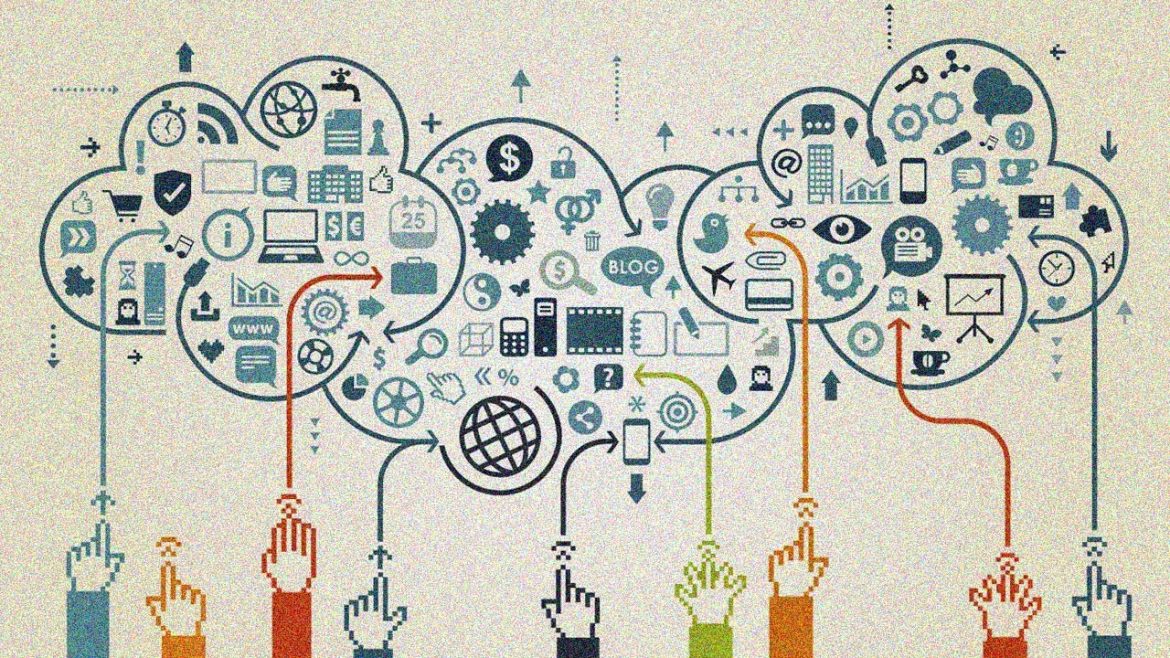Convergence in the media landscape is an interesting phenomenon. Although the idea of convergence seems to center around how digital content are made available on all media platforms, new and old, I tend to instead think about those pioneering visionaries who created all the media platforms that have made convergence possible.
Digital revolution is the backbone of convergence, and it was perhaps predominantly ushered in by two world’s icons, Steve Jobs and Bill Gates. Both brought to the world a very powerful content-creating device that is not made with bricks and walls, leaves and sticks, papers and pens, or tapes and films. It is made of rather weird elements called “bits and bytes.” I’m talking about computers. I mean personal computers with sophisticated software.
Then there was, in the 90s, the internet—something that connected all those computers—so they could collaborate and share content with one another. The military industry and the World Wide Web creator, Sir Tim Berners-Lee, are to be credited for the birth of the digitally connected world we are living in today.
That right here is the first generation of convergence, I assume. At this point, a concern was raised towards traditional media platforms like TV, radio, print, movie theater, and the like. Would the internet kill the old media platforms? Fortunately, the answer was no. The internet didn’t stop people from watching TV, going to concerts and movie theaters, and buying newspapers. People consume content on the internet, but they still spent a significantly large amount of time on those old platforms. The implementation of the internet on the media industry was still premature and a lot of people still lived offline back then.
2007 came and the world was on the verge of mobile dominance. Apple introduced the first iPhone which revolutionized mobile computing. In many ways, the iPhone, together with fast internet speed, has changed the face of media technology to the point where content can be brought into a person’s pocket instantly. Later, the iPad in 2010 fueled this trend even further. At this point, I would call it “convergence 2.0,” and the above concern has been even more magnified.
Nowadays, traditional media are severely threatened. Although new media have been taking over most of media consumptions, it would be wrong to say old media will disappear. To me, media platforms are means to provide both content and most importantly unique experiences to consume those content. While new media offer a considerably more convenient way for content consumption, such media simply cannot provide the experiences that old media do. Hanging out at the movie theater, family TV time, car radio at deserted areas, dancing at concerts, drinking and watching sport in a pub, and the smell of printed papers are just too valuable to vanish. That said, old media continue to stay and collide with new media on different levels for generations to come. That is, after all, convergence.
I am sure even the digital natives still want to go to a movie theatre with their friends although they can watch a movie on their smartphone.




